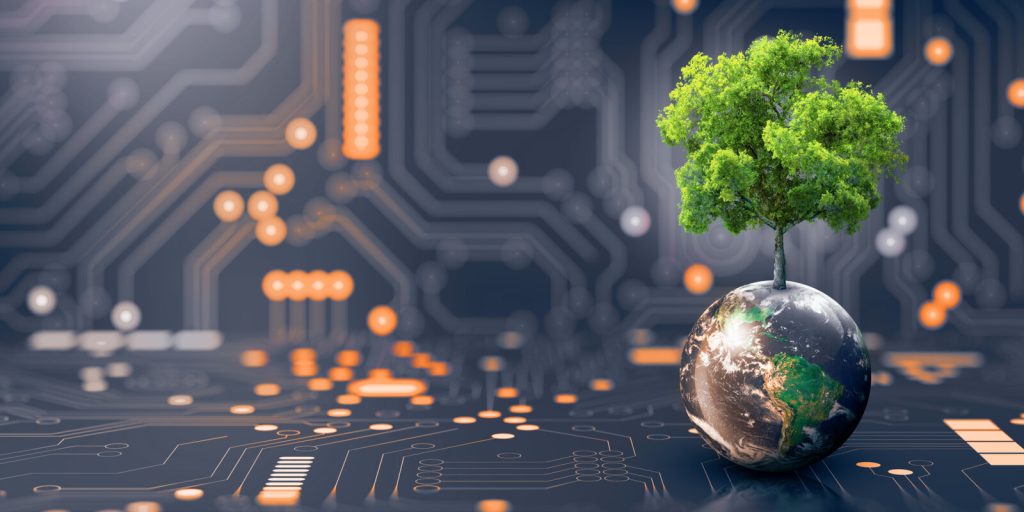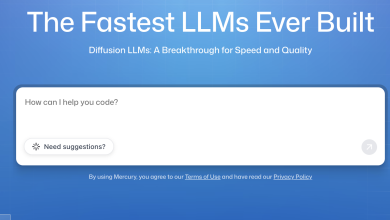
Every major manufacturing industry is changing because of artificial intelligence, and corrugated packaging is no different. The industry used to rely on manual forecasting, analogue machines, and reactive planning. Now, it is quickly changing into a smart, automated, data-driven ecosystem. AI is making supply chains more efficient, sustainable, and resilient in ways that have never been seen before. For example, it can predict customer demand weeks in advance and optimise cutting patterns in real time.
AI has become the most important tool for modern corrugated manufacturing because the ecommerce, retail, FMCG, and industrial markets need faster turnaround times, more custom packaging sizes, and less harm to the environment. This article looks at how AI is changing the industry and how manufacturers of all sizes can use it to cut down on waste, improve quality, and stay ahead of the competition.
AI-Powered Demand Forecasting: More Efficient Production with Less Waste
In the past, corrugated manufacturers used past sales, seasonal guesses, and hand-written spreadsheets to guess how much demand there would be. These methods were vulnerable to human bias, abrupt market changes, and insufficient data.
AI is changing this completely.
Machine Learning Forecasting Models Can Analyse:
- Historical order patterns
- Real-time sales data
- Industry-specific seasonal trends
- Customer buying cycles
- Macroeconomic shifts
- New product introduction data
- Regional buying behaviour
AI models look at thousands of variables at once to make very accurate predictions. This helps manufacturers know exactly what to make, when to make it, and how much to make it.
The result is:
- Lower inventory holding costs
- Fewer urgent short-run jobs
- More stable production schedules
- Reduced use of raw materials
- Better availability of standard packaging lines
For corrugated plants operating at high speed with thin margins, these forecasting gains translate directly into profitability and sustainability.
AI in Corrugator and Conversion Machine Optimisation
Modern corrugators are complex systems with dozens of internal variables: roll temperatures, glue viscosity, steam pressure, humidity, flute calibration, and more. Traditionally, operators adjusted settings manually, often relying on personal experience.
AI is now taking the guesswork out of machine optimisation.
AI-Driven Systems Can Automatically Adjust:
- Preheater temperature curves
- Moisture content for paper grades
- Glue application thickness
- Speed synchronisation across machine sections
- Knife settings for precision cutting
- Flute profiles based on board strength requirements
These automated adjustments reduce defects, improve board consistency, and allow machines to run closer to their maximum rated speed.
Factories using AI-enabled systems report:
- Higher output per shift
- Fewer stoppages
- Less wasted board
- Improved box compression strength (BCT)
- Lower energy consumption
AI optimisation is especially valuable for plants switching constantly between short runs and custom sizes, where manual recalibration slows production.
Zero-Waste Cutting: How AI Cuts Down on Material Loss on a Large Scale
AI-driven die-cutting and sheet-optimization systems are some of the most important new technologies in the production of corrugated materials.
Traditional Cutting Challenges:
- Offcuts due to inefficient layout planning
- Difficulty balancing multiple box sizes on a single sheet
- Waste created during rapid size/type changeovers
- Errors introduced during manual tooling setup
AI solves these issues by generating cutting layouts that maximise paper utilisation while still meeting production time, grain direction, flute orientation, and palletisation requirements.
AI Layout Engines Consider:
- Active machine load
- Incoming orders
- Sheet dimensions
- Knife limitations
- Die-cut tool availability
- Board grade strength properties
The result is zero-waste or near-zero-waste cutting patterns that improve sustainability and reduce operating costs.
Within the first month of using AI-powered layout optimisation, many factories see a 5 to 15 percent drop in waste.
Predictive Maintenance: Reducing Downtime and Repair Costs
Corrugated plants use high-speed machines, and even a short breakdown can mess up the supply chain.
AI-powered predictive maintenance uses sensors and machine learning to find problems with equipment long before they stop working.
Examples Include:
- Vibration sensors detecting bearing wear
- Acoustic monitoring spotting knife blade degradation
- Thermal imaging identifying motor overheating
- Glue station sensors recognising viscosity inconsistencies
- Machine learning models predicting belt or roller failures
Predictive maintenance can cut unplanned downtime by more than 40 percent. For plants running 24/7, this is a transformational improvement.
AI for Sustainability: A Path Toward Circular Manufacturing
Packaging must now be sustainable. AI helps the environment in a number of ways:
1. Reducing Raw Material Usage
AI optimises flute profiles, liner weights, and board combinations to achieve required strength with fewer materials.
2. Cutting Energy Consumption
AI monitors and adjusts steam usage, machine idle time, and heat settings in real time.
3. Improving Recycling Quality
AI vision systems detect impurities in recovered fibre streams, improving the consistency of recycled board.
4. Enabling true zero-waste cutting
Optimised layouts reduce offcuts and landfill waste.
AI is helping the corrugated sector move closer to circular manufacturing, where resources are maximised, and waste is designed out from the beginning.
AI Vision Systems for Quality Inspection
Traditional inspection relies on line operators to spot defects such as:
- Misaligned print
- Inconsistent glue lines
- Edge crush issues
- Delamination
- Flute visibility
- Colour inconsistencies
AI-driven vision systems monitor every board or box in real time at production speed.
These Systems Can:
- Capture high-resolution images
- Detect micro-defects invisible to human eyes
- Alert operators instantly
- Automatically reject defective pieces
- Provide long-term defect analytics
This improves the quality of the products as a whole and cuts down on the number of shipments that are returned or rejected.
Customisation and On-Demand Manufacturing
Rapid customisation is one of the fastest-growing trends in corrugated packaging, and it is being driven by:
- Printed ecommerce packaging
- Subscription boxes
- DTC (direct-to-consumer) brands
- Seasonal or promotional campaigns
- Short-run prototyping
- Personalised graphics
AI makes customisation scalable by automating:
- Print colour adjustment
- Artwork alignment
- SKU variation tracking
- Batch sequencing
- Short-run scheduling
This lets packaging plants do both big and small jobs just as well.
For brands needing custom Ecommerce boxes, this level of AI-enabled responsiveness is becoming essential.
AI and the Future of Smart Packaging Plants
Over the next decade, corrugated manufacturing will move toward end-to-end intelligent production lines:
- Fully autonomous corrugators
- Self-adjusting die-cut machines
- AGV-powered internal transport
- AI-driven warehouse picking
- Smart forklifts
- Real-time digital twins of the entire factory
- Order-to-despatch systems fully orchestrated by AI
Factories will be able to instantly simulate output, predict problems, and improve workflows. This will mark the beginning of true Industry 4.0 corrugated plants.
Conclusion
AI is changing the way corrugated packaging is made from the ground up. The industry used to be very labour-intensive and based on experience, but it is now becoming a very efficient, automated, and data-driven place to work.
The accuracy of demand forecasting is getting better. Machines are getting smarter. The amount of waste is going down. The quality is getting better. It’s easier to reach sustainability goals. And manufacturers can now make custom packaging faster and cheaper than ever before.
The corrugated packaging industry is entering a new phase, and the companies that use AI now will be the ones that lead it.






